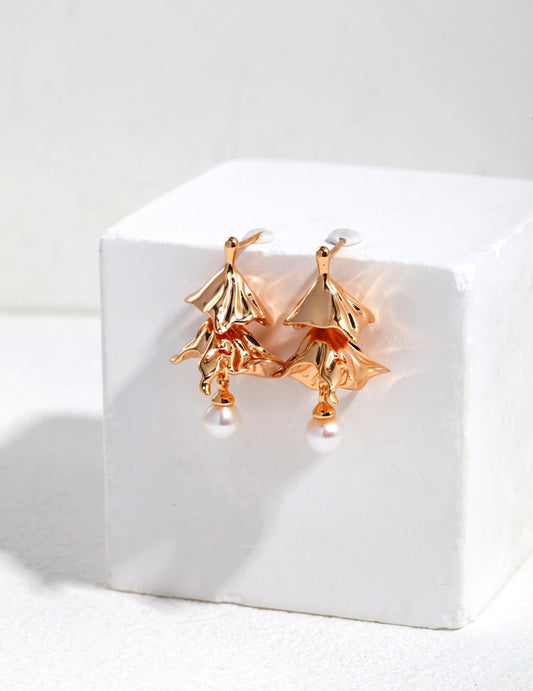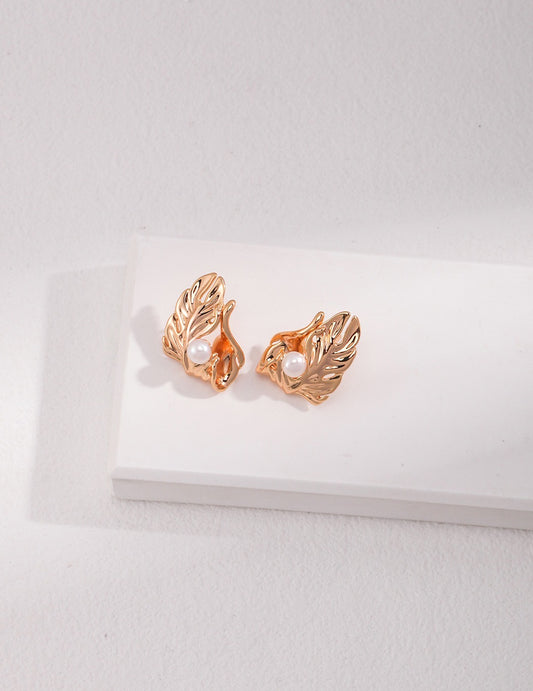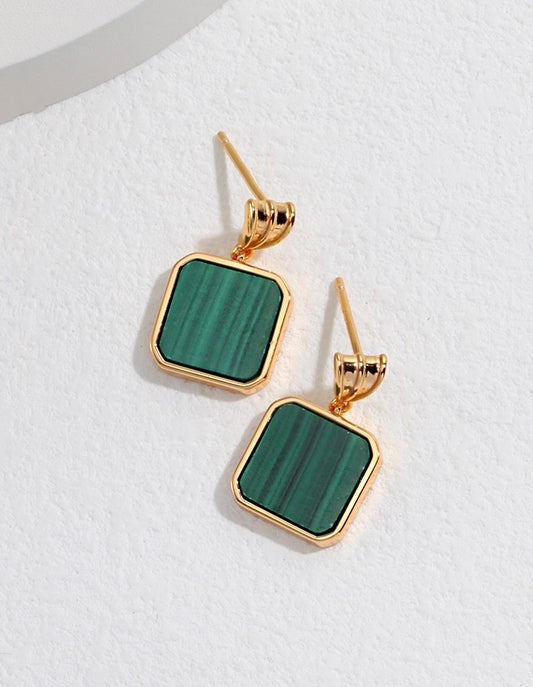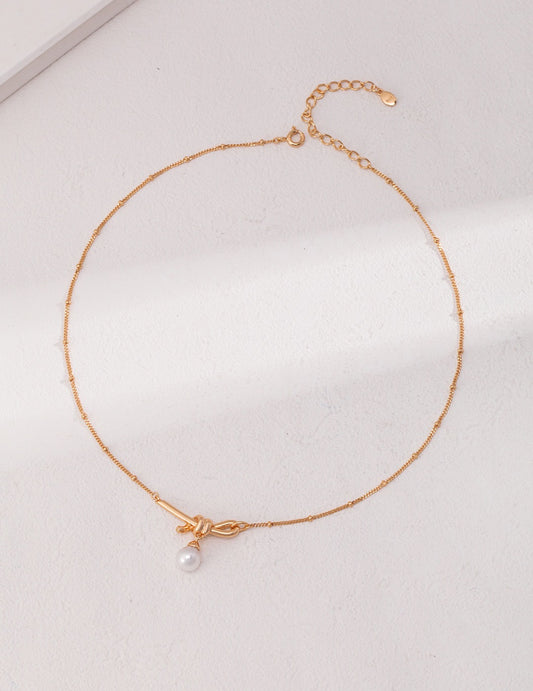What is Tahitian pearls (black pearls)?
Tahitian pearls, also known as black pearls, are a type of cultured pearl produced primarily in the waters around French Polynesia, particularly in the Tahitian archipelago. These pearls are renowned for their unique and striking colors, which can range from dark grey and black to shades of green, blue, and even purple.
Tahitian pearls are cultivated in the black-lipped oyster species Pinctada margaritifera, which is native to the warm tropical waters of the South Pacific. They are prized for their large size, smooth surface, and high luster, making them highly sought after in the world of fine jewelry.
The cultivation process involves inserting a nucleus or irritant into the oyster's mantle tissue, stimulating the formation of a pearl sac. The oyster then secretes layers of nacre (mother-of-pearl) around the irritant over a period of several years, resulting in the formation of a Tahitian pearl.
These pearls are treasured for their natural beauty and rareness, making them a popular choice for statement jewelry pieces.
Where to buy black pearl necklace? Click here.





